Family Fringillidae Phylum Chordata | Order Passeriformes Genus Serinus Length 12 – 20 cm Rank Subspecies | |
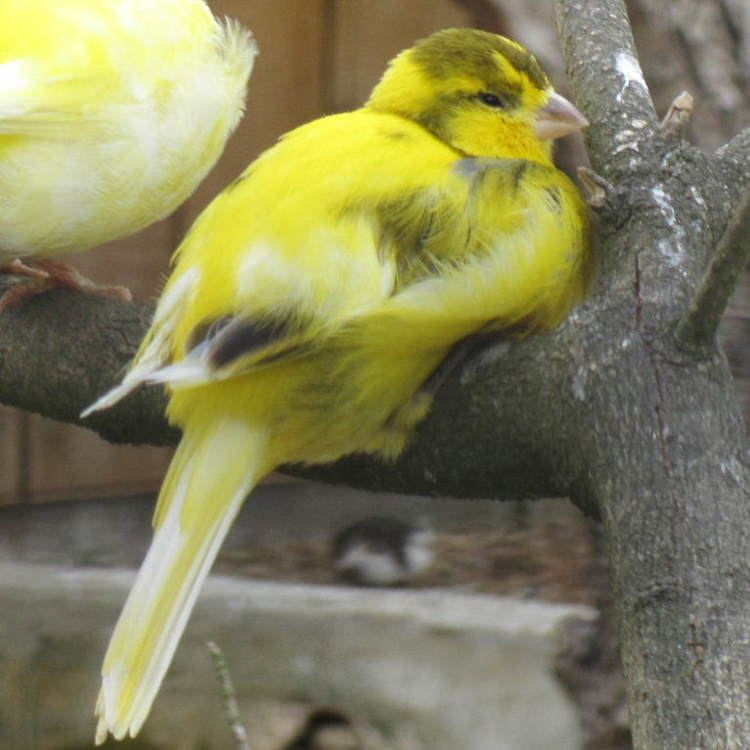 | ||
Breeds Red factor canary, Spanish Timbrado, Harz Roller, Australian plainhead | ||
The domestic canary, often simply known as the canary (Serinus canaria forma domestica), is a domesticated form of the wild canary, a small songbird in the finch family originating from the Macaronesian Islands (The Azores, Madeira and the Canary Islands).
Contents
- How to make healthy homemade bird treats all birds
- Etymology
- Varieties
- Competitions
- Miners canary
- Use in research
- Trivia
- References
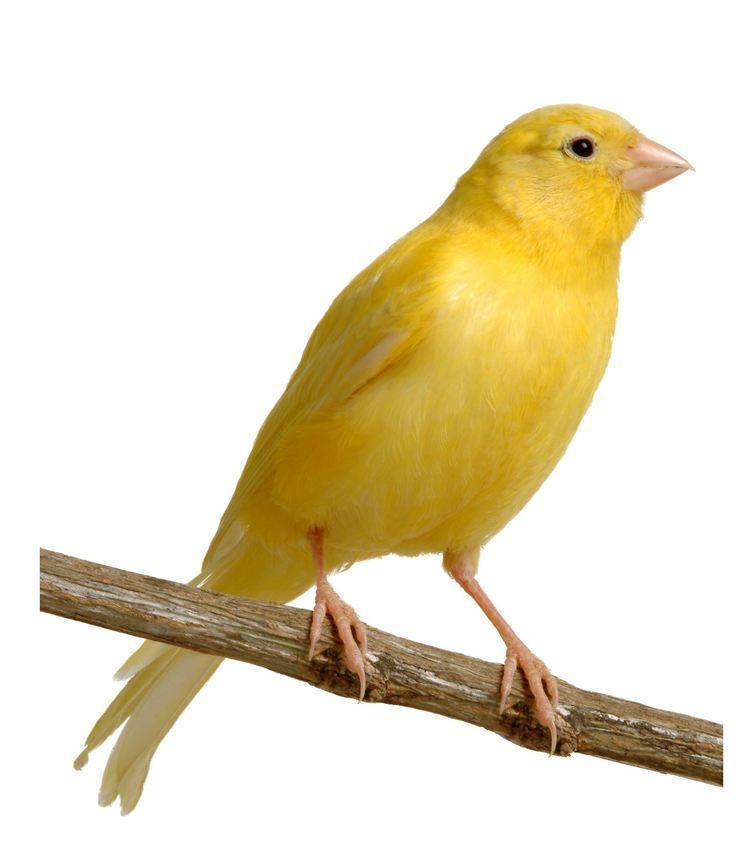
Canaries were first bred in captivity in the 17th century. They were brought over by Spanish sailors to Europe. This bird became expensive and fashionable to breeding in courts of Spanish and English kings. Monks started breeding them and only sold the males (which sing). This kept the birds in short supply and drove the price up. Eventually Italians obtained hens and were able to breed the birds themselves. This made them very popular and resulted in many breeds arising and the birds being bred all over Europe.
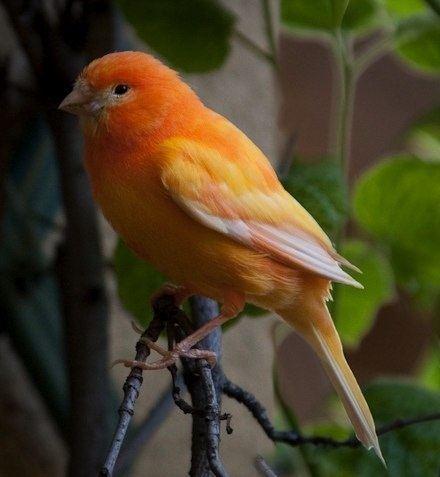
The same occurred in England. First the birds were only owned by the rich but eventually the local citizens started to breed them and, again, they became very popular. Many breeds arose through selective breeding, and they are still very popular today for their voices.
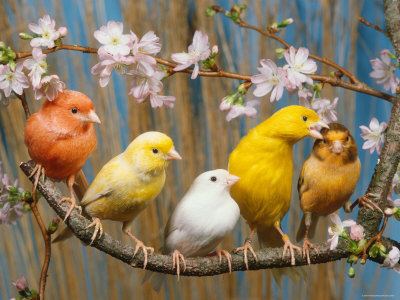
Typically, the domestic canary is kept as a popular cage and aviary bird. Given proper housing and care, a canary's lifespan ranges from 10 to 15 years.
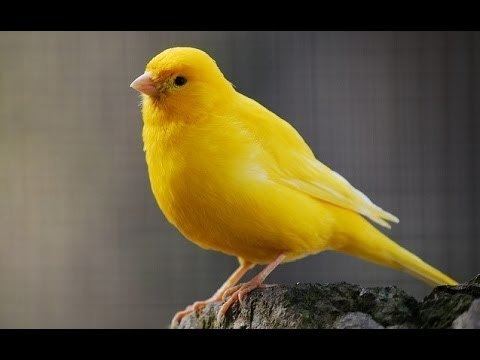
How to make healthy homemade bird treats all birds
Etymology
The birds are named after Spain's Canary Islands, which derive their name from the Latin Insula Canaria (after one of the larger islands, Gran Canaria), meaning "island of dogs", due to its "vast multitudes of dogs of very large size".
Varieties
Canaries are generally divided into three main groups:
While wild canaries are a yellowish-green colour, domestic canaries have been selectively bred for a wide variety of colours, such as yellow, orange, brown, black, white, and red. (The colour red was introduced to the domesticated canary through hybridisation with the red siskin, a type of South American finch.)
Competitions
Canaries are judged in competitions following the annual molt in the summer. This means that in the Northern Hemisphere the show season generally begins in October or November and runs through December or January. Birds can only be shown by the person who raised them. A show bird must have a unique band on its leg indicating the year of birth, the band number, and the club to which the breeder belongs.
There are many canary shows all over the world. The world show (C.O.M.) is held in Europe each year and attracts thousands of breeders. As many as 20,000 birds are brought together for this competition.
Miner's canary
Canaries were once regularly used in coal mining as an early warning system. Toxic gases such as carbon monoxide or methane in the mine would kill the bird before affecting the miners. Signs of distress from the bird indicated to the miners that conditions were unsafe. The use of miners' canaries in British mines was phased out in 1986.
The phrase "canary in a coal mine" is frequently used to refer to a person or thing which serves as an early warning of a coming crisis. By analogy, the term climate canary is used to refer to a species that is affected by an environmental danger prior to other species, thus serving as an early warning system for the other species with regard to the danger. (See indicator species.)
Use in research
Canaries have been extensively used in research to study neurogenesis, or the birth of new neurons in the adult brain, and also for basic research in order to understand how songbirds encode and produce song. Thus, canaries have served as model species for discovering how the vertebrate brain learns, consolidates memories, and recalls coordinated motor movements.
Fernando Nottebohm, a professor at the Rockefeller University in New York City, detailed the brain structures and pathways that are involved in the production of bird song. Canaries were used by SINGARENI coal company of Telangana STATE of India for detection of carbon monoxide under coal mines.
